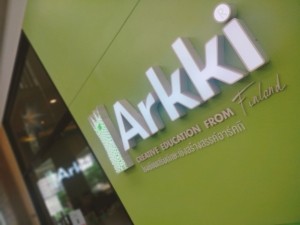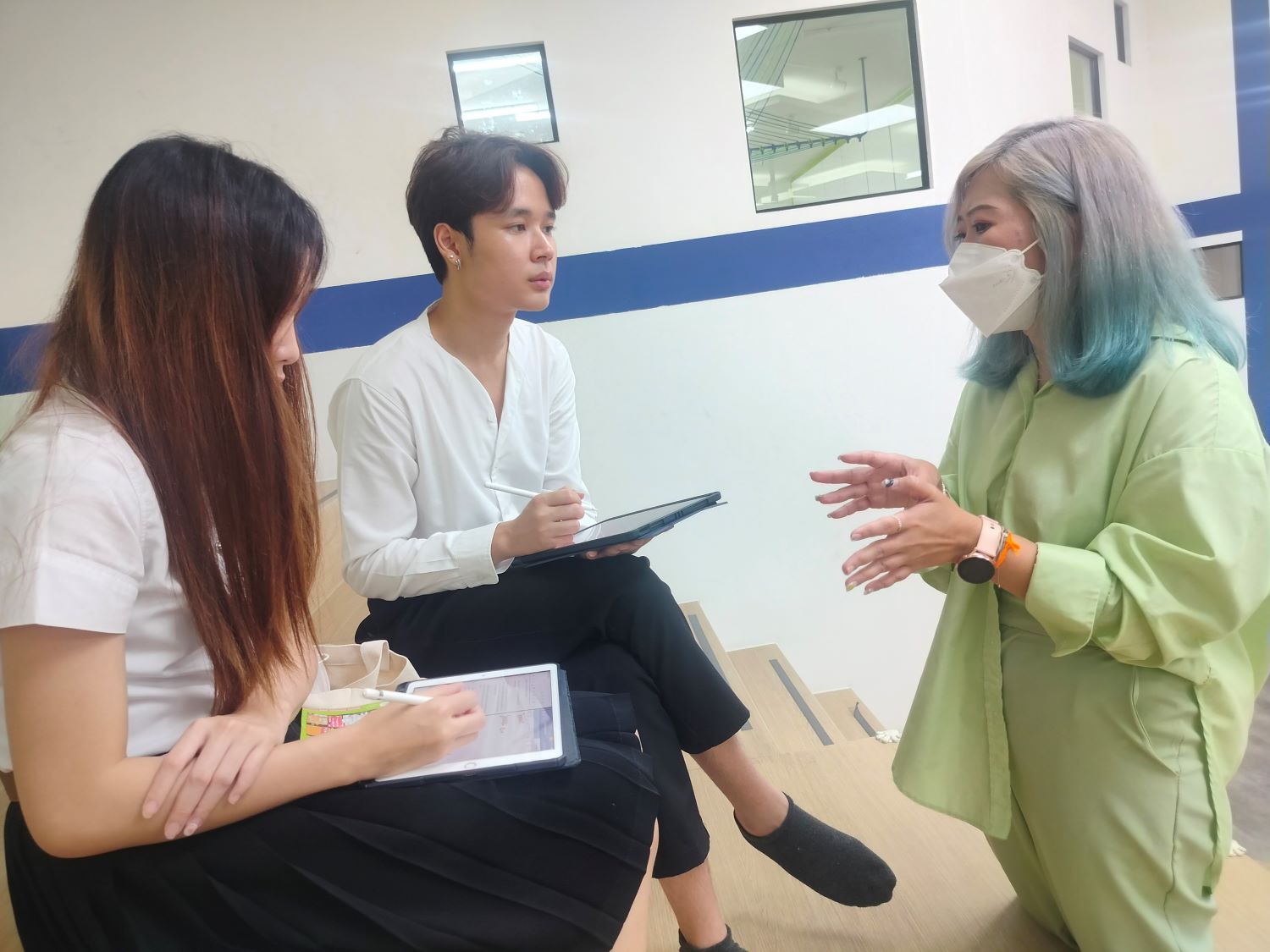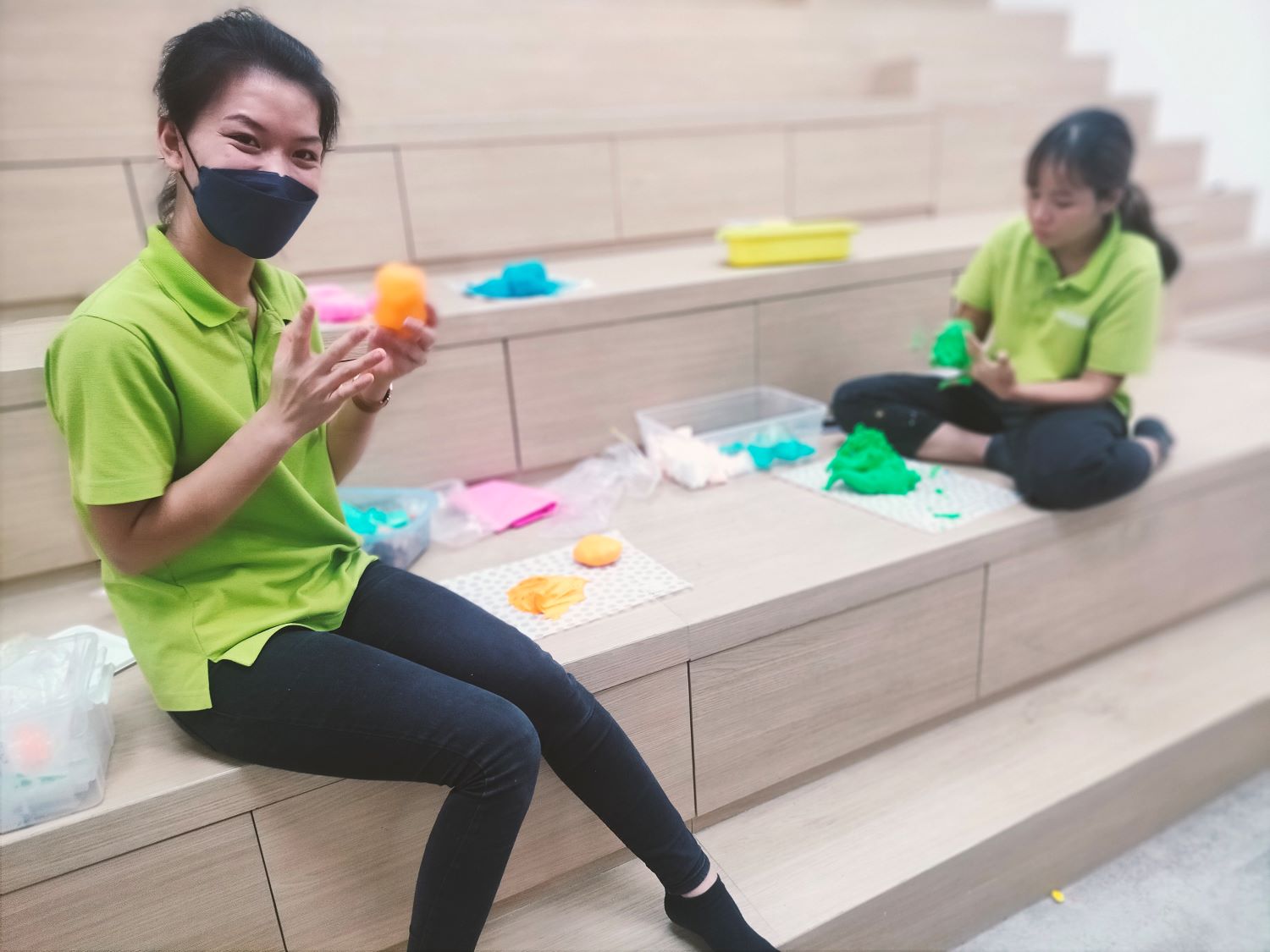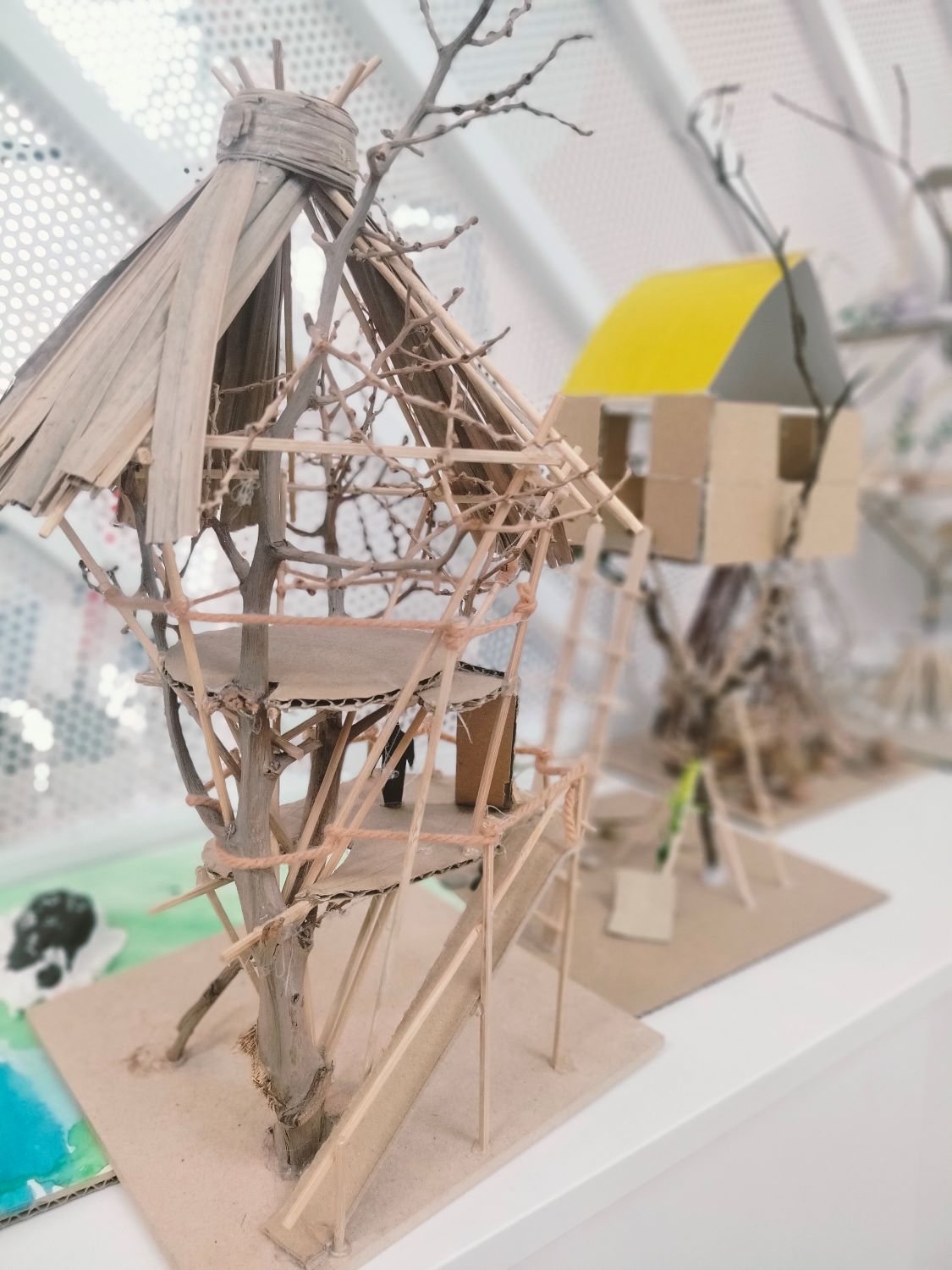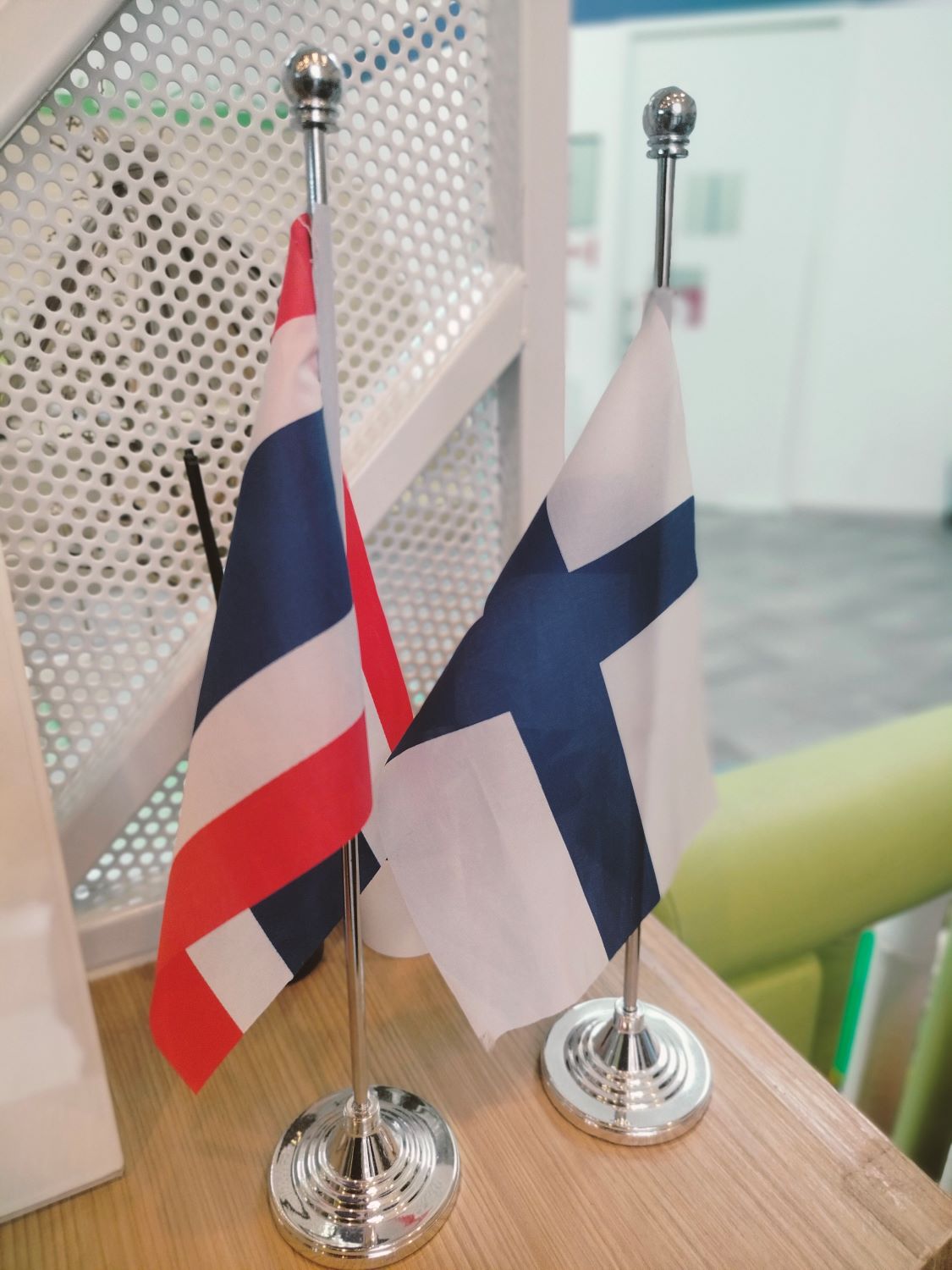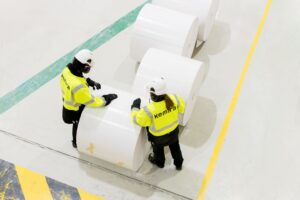The Arkki curriculum has made its way to Thailand. TFCC’s interns witnessed first-hand the innovative way Arkki uses with its students.
As interns at the Thai-Finnish Chamber of Commerce (TFCC), we had an opportunity to learn about the Finnish educational system, which is now available to Thai students to help them reach their full potential.
This innovative education system from Finland has slight differences compared to the original Thai education system, which seems to emphasize academic subjects like mathematics, the sciences, and standardized testing.
Arkki does not work this way. Its educational method, rather than relying on lectures, emphasizes practical work and hands-on experience to help students reach their full potential.
Ms. Kaewkwan Hongsakul, the administrator of Thailand’s Arkki Academy, believes that the most valuable time to bring out a student’s potential is when the student is still a child. She also said that, for example, NASA prefers to work with children under the age of ten because, at that age, they have a great deal of creativity, and their potential has not been limited yet.
Focus on Learning, not Grades
The fashion studio as well as the creative crafts, digital design, and fabrication workshops are the four areas covered by Arkki’s creative education program imported from Finland.
The names of classrooms indicate the activities and are not particularly related to the academic field. The classes are full of creativity and solving practical issues.
The Arkki educational system places a premium on how its students think about and deal with problems. They don’t worry too much about grades and instead focus on the method. They do not use a grading system, prioritizing the process of learning instead of judging the students by their grades.
Class Sizes Capped at Sixteen
Arkki cares about the students since they have to deal with young children. In one classroom, one instructor is responsible for the education of only eight children, and the number of students allowed in a classroom is capped at sixteen. This demonstrates that they are more concerned with the quality of education than the number of students.
Arkki also collaborates and works together with other major businesses such as Toyota, Ideo (condominium), and the Wildlife Foundation. This helps students to organize the tasks that they receive from the companies.
Major companies are willing to use and develop those ideas from students in Arkki school.
Having students of varying ages learn together in the same classroom will instill collaboration. Students who are older will teach and demonstrate their points of view to students who are younger in the classroom. In return, older students will have the opportunity to develop their abilities as leaders.
Authors:
Siriluk Sirichaisukcharoen and Krittayot Kradangnga

